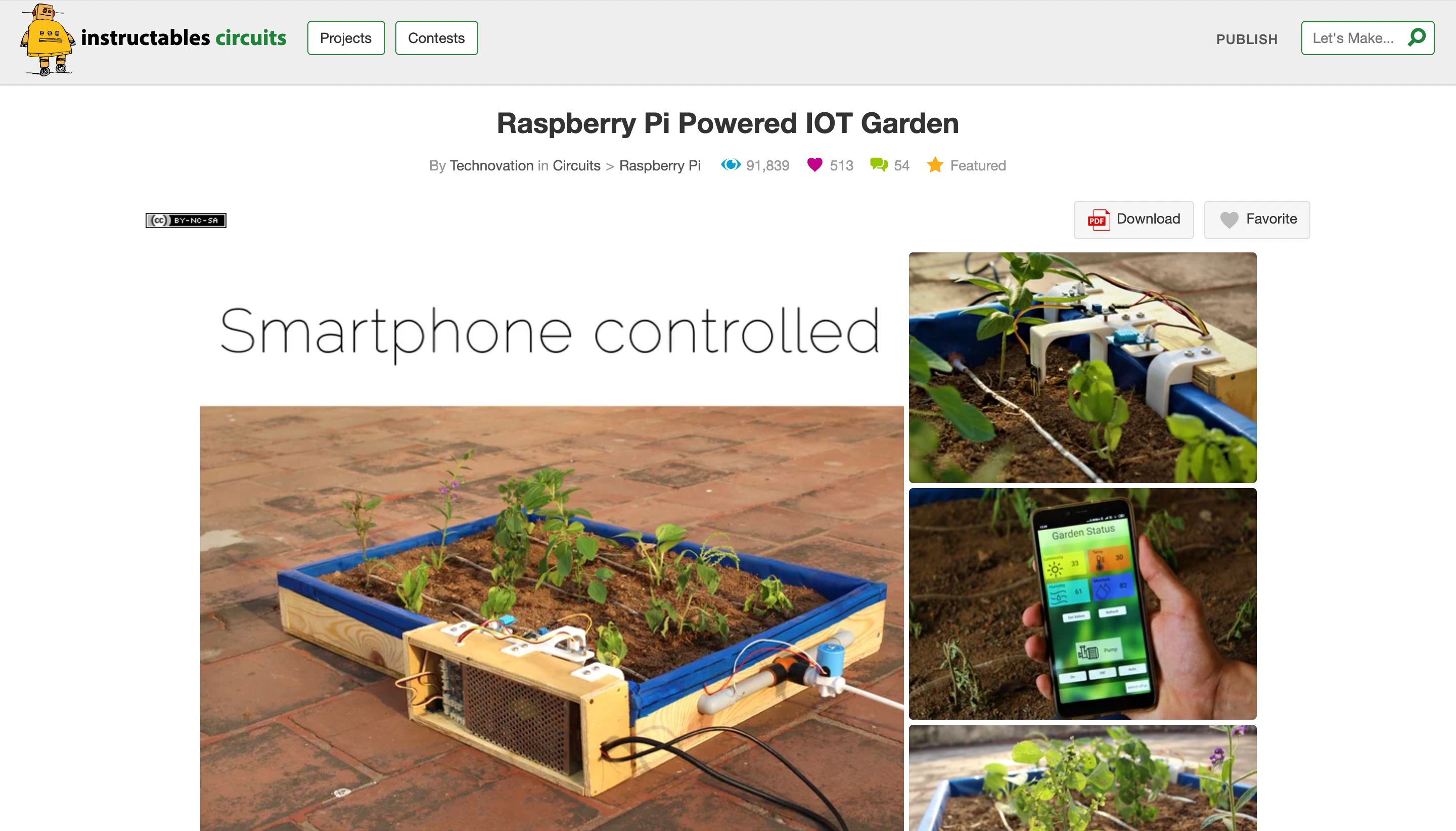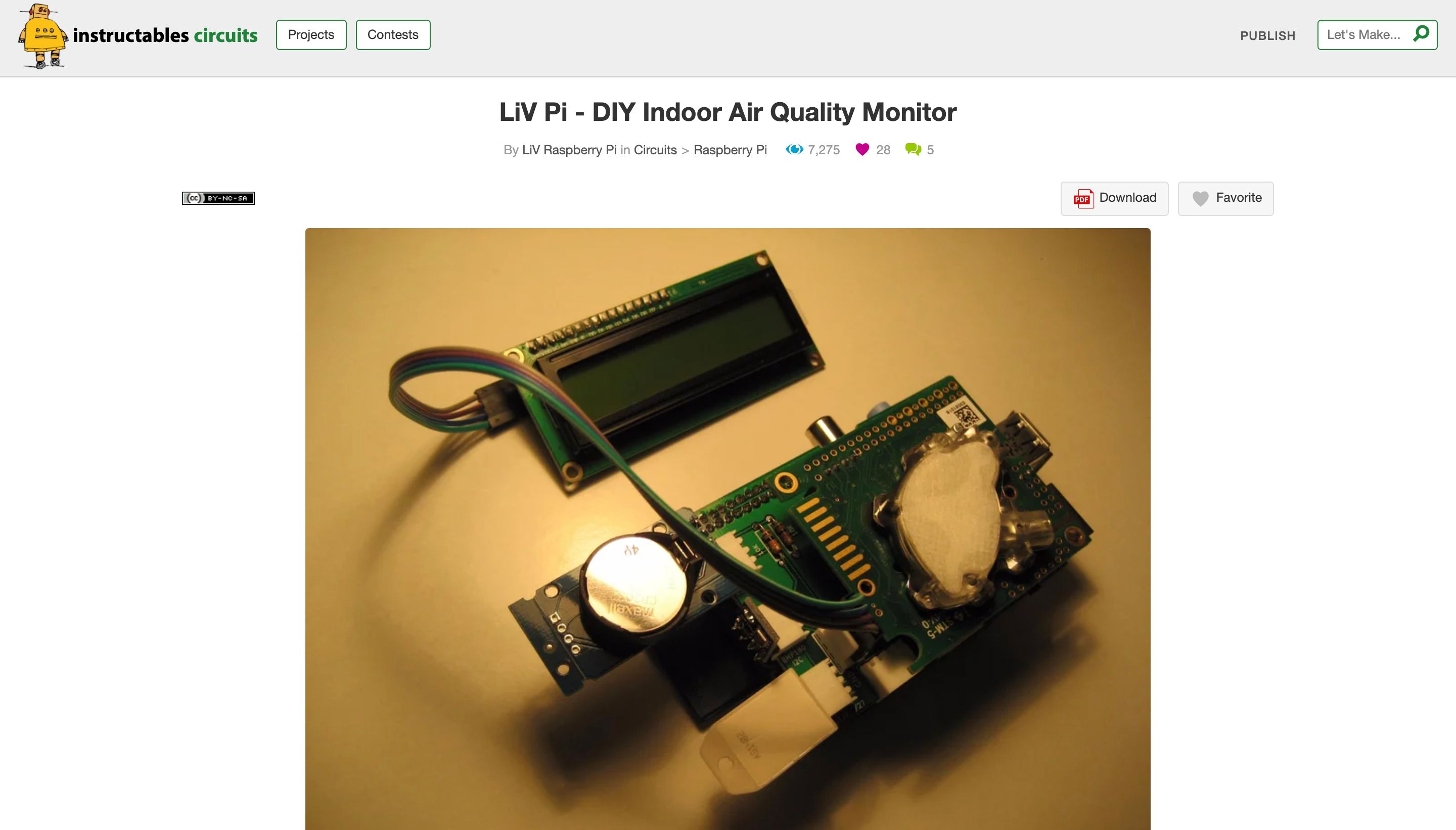Exploring the exciting world of IoT often leads to the versatile Raspberry Pi, a tiny computer with immense potential. For anyone diving into remote control, automation, and data collection, mastering SSH is not just an advantage—it's a fundamental requirement for successful ssh raspberry pi iot projects. This powerful command-line tool provides a secure conduit to interact with your Pi, whether it's tucked away in a smart home setup or deployed in a remote sensor network.
From the simplest task of checking sensor readings to deploying complex home automation scripts, SSH (Secure Shell) acts as your digital umbilical cord to the Raspberry Pi. It eliminates the need for a physical keyboard, mouse, and monitor, allowing you to manage your IoT devices from anywhere with an internet connection. This article will delve deep into how SSH empowers your Raspberry Pi IoT projects, covering everything from basic setup and security best practices to advanced troubleshooting and real-world applications.
Table of Contents
- The Indispensable Role of SSH in Raspberry Pi IoT
- Setting Up Your Raspberry Pi for SSH Access
- Enhancing Security: SSH Key-Based Authentication
- Common SSH Challenges and Troubleshooting
- Practical SSH Raspberry Pi IoT Projects
- Advanced SSH Techniques for IoT Automation
- Securing Your SSH Raspberry Pi IoT Projects
- Conclusion
The Indispensable Role of SSH in Raspberry Pi IoT
At its core, SSH provides a secure channel over an unsecured network by using strong encryption. For Raspberry Pi IoT projects, this means you can remotely access and control your device without worrying about sensitive data being intercepted. Imagine having a sensor network deployed in your garden or a smart home system controlling your lights; SSH allows you to interact with these devices from your laptop or even your smartphone, regardless of your physical location.
- The Hounds Of Sisyphus 1
- Aditi Mistry Nude Nipslip While Live
- Femdom Art
- Sotwe Mommy Son
- Mckinley Richardson Leaked
The primary advantage of SSH for the Raspberry Pi, especially in IoT contexts, is its ability to enable "headless" operation. A headless system is one that operates without a monitor, keyboard, or mouse. Once configured, your Raspberry Pi can be placed anywhere, drawing power, and you can still manage it entirely through the command line via SSH. This makes the Raspberry Pi an ideal candidate for embedded systems and IoT deployments where physical access might be inconvenient or impossible. Whether you're setting up a weather station, a security camera, or a home automation hub, SSH is the gateway to seamless interaction with your device, making it central to many successful ssh raspberry pi iot projects.
Setting Up Your Raspberry Pi for SSH Access
Getting SSH up and running on your Raspberry Pi is straightforward. Modern versions of Raspberry Pi OS (formerly Raspbian) have SSH enabled by default, but it's always good to confirm or enable it if necessary. There are a few ways to do this:
- Using `raspi-config`: If you have a monitor and keyboard connected, open a terminal and type `sudo raspi-config`. Navigate to "Interface Options" -> "SSH" and select "Yes" to enable it.
- Creating an `ssh` file: For headless setup, simply create an empty file named `ssh` (no extension) in the `boot` partition of your SD card. When the Raspberry Pi boots, it will detect this file and enable SSH automatically.
Once SSH is enabled, you'll need your Raspberry Pi's IP address to connect. You can find this by typing `hostname -I` in the Pi's terminal. On your client machine (laptop/desktop), open a terminal or command prompt and use the basic SSH command: `ssh pi@your_pi_ip_address`. Replace `your_pi_ip_address` with the actual IP. The default username for Raspberry Pi OS is `pi`, and the default password is `raspberry`. It is critically important to change this default password immediately after your first login for security reasons. Type `passwd` in the Pi's terminal and follow the prompts.
- Amanda Cerny Onlyfans
- Dr Gustavo Quiros Licona Facebook
- Camilla Araujo Leak
- Aditi Mistri Nude Vedio
- Devin Dickie
Enhancing Security: SSH Key-Based Authentication
Relying solely on passwords for SSH access, especially for devices connected to the internet, is a significant security risk. Passwords can be brute-forced or guessed. This is where SSH key-based authentication comes in. It's a far more secure method, relying on a pair of cryptographic keys: a public key and a private key.
Here's how to set it up:
- Generate SSH keys on your client machine: Open a terminal and type `ssh-keygen`. You'll be asked where to save the key and for a passphrase. A passphrase adds an extra layer of security to your private key, which is highly recommended. This will create two files, typically `id_rsa` (your private key) and `id_rsa.pub` (your public key), in your `~/.ssh/` directory.
- Copy your public key to the Raspberry Pi: The easiest way is using `ssh-copy-id`: `ssh-copy-id pi@your_pi_ip_address`. This command securely copies your public key to the Pi's `~/.ssh/authorized_keys` file. If you are trying to automate commands from one server to another, for instance, "How do I SSH to server 2 using my private key file from server 1?", the principle is the same: ensure the private key is accessible on server 1 and the public key is on server 2.
- Disable password authentication on the Raspberry Pi: This is a crucial step. Edit the SSH daemon configuration file: `sudo nano /etc/ssh/sshd_config`. Find the line `PasswordAuthentication yes` and change it to `PasswordAuthentication no`. Save the file and restart the SSH service: `sudo systemctl restart ssh`.
Now, when you try to SSH into your Raspberry Pi, it will use your private key for authentication, which is far more robust than a password. When you first connect to a new host, SSH will ask you to confirm the host's fingerprint. "The fingerprint is based on the host's public key, usually based on the /etc/ssh/ssh_host_rsa_key.pub file." This fingerprint serves "generally it's for easy identification/verification of the host," ensuring you're connecting to the correct device and not a malicious imposter.
Common SSH Challenges and Troubleshooting
Even with careful setup, you might encounter issues when connecting to your Raspberry Pi via SSH. "I am trying to SSH login to my remote server, but whenever I try to login through terminal using SSH command, SSH root@{ip_address} I get error, Connection closed by {ip_address} I checked hosts." This is a common scenario. Let's break down some typical problems and their solutions:
- "Connection closed by remote host" or similar errors:
- Incorrect IP Address: Double-check the IP address of your Raspberry Pi. It might have changed if you're using DHCP.
- SSH Server Not Running: Ensure the SSH service is active on your Pi (`sudo systemctl status ssh`).
- Firewall Issues: Your Pi's firewall (e.g., UFW) or your network router's firewall might be blocking port 22 (the default SSH port).
- Incorrect Credentials: If you're still using password authentication, ensure the username and password are correct.
- "Permission denied (publickey, password)" errors:
- If you've set up key-based authentication, this usually means your public key isn't correctly placed in `~/.ssh/authorized_keys` on the Pi, or the permissions on the `~/.ssh` directory or `authorized_keys` file are too broad (they should be `700` for the directory and `600` for the file).
- If you're using a passphrase for your private key, ensure you're entering it correctly.
- If you get "SSH root@{ip_address} I get error", remember that direct root login via SSH is often disabled by default for security. It's better to log in as `pi` and then use `sudo`.
X11 Forwarding for GUI Applications
Sometimes, for specific ssh raspberry pi iot projects, you might need to run a graphical application on your Raspberry Pi and display its interface on your local machine. This is where X11 forwarding comes in. "If you run SSH and display is not set, it means SSH is not forwarding the X11 connection."
To enable X11 forwarding, use the `-X` flag with your SSH command: `ssh -X pi@your_pi_ip_address`. On the Raspberry Pi, ensure that X11 forwarding is enabled in `/etc/ssh/sshd_config` by setting `X11Forwarding yes`. After making changes, restart the SSH service. "To confirm that SSH is forwarding X11, check for a line containing requesting X11 forwarding in the output of" your SSH connection attempt (you might need to run SSH in verbose mode, `ssh -vX`). You might also encounter situations where a variable, like `DISPLAY`, "sounds like what I am looking for, but it is not defined." This typically indicates that X11 forwarding isn't correctly set up or the necessary display server components aren't installed on your client machine.
Managing SSH Configurations for Multiple Hosts
As you expand your ssh raspberry pi iot projects, you might find yourself managing multiple Pis or connecting to various remote servers. Typing long SSH commands with specific usernames, ports, or key files can become tedious. This is where the SSH configuration file (`~/.ssh/config`) becomes invaluable. "How do I set the host name and port in a config file for Windows, using OpenSSH through PowerShell?" The process is largely the same across operating systems.
"Edit or create the file now by typing" `nano ~/.ssh/config` (on Linux/macOS) or using a text editor on Windows. Here's an example entry:
Host my_iot_pi Hostname 192.168.1.100 User pi Port 22 IdentityFile ~/.ssh/id_rsa_iot ForwardX11 yes Host github.com Hostname ssh.github.com Port 443 User git IdentityFile ~/.ssh/id_rsa_github With this configuration, you can simply type `ssh my_iot_pi` to connect to your Raspberry Pi, and it will automatically use the specified IP, user, port, and private key. This is also how you can manage specific keys for services like GitHub. "When I do git pull via the command line, it always asks for my GitHub username and password. I'd like to tell it to use the SSH key in GitHub, and never have to worry about it again." By adding the `github.com` entry as shown above, Git will automatically use the specified `IdentityFile` for authentication, eliminating the need for repeated password entries. Sometimes, "the documentation is not clear on how to explicitly use only that key," but the `IdentityFile` directive in the config file is the explicit way to do it. "Host github.com hostname ssh.github.com port 443 finally, I found" this solution to be the most robust.
Practical SSH Raspberry Pi IoT Projects
SSH truly unlocks the potential of the Raspberry Pi for IoT applications. Here are a couple of project ideas where SSH plays a central role:
Remote Home Automation Hub
A Raspberry Pi can serve as a powerful, customizable home automation hub. Imagine controlling your lights, smart plugs, or even your thermostat remotely. With SSH, you can:
- Deploy and update scripts: Write Python or Node.js scripts on your computer and use `scp` (Secure Copy, which uses SSH) to transfer them to your Pi. Then, SSH into the Pi to run them or set them up to run automatically at boot.
- Monitor sensor data: Have your Pi collect data from temperature, humidity, or motion sensors. SSH in to view the latest readings or access logs.
- Trigger actions: From your phone or laptop, SSH into the Pi and execute commands to turn on/off devices connected to GPIO pins or smart plugs. This is where the concept of a bash script from server 1 executing commands on server 2 via SSH becomes very relevant for home automation, where server 1 could be your main control device and server 2 your Pi.
Data Logging and Monitoring Station
For environmental monitoring, agriculture, or even just keeping an eye on your home's conditions, a Raspberry Pi makes an excellent data logger. SSH allows you to interact with it seamlessly:
- Collect and store data: Connect various sensors (e.g., air quality, soil moisture, UV index) to your Pi. Write scripts to read data and store it in a local database (like SQLite) or a CSV file.
- Remote data retrieval: Instead of physically accessing the Pi, use `scp` over SSH to pull the latest data files to your local machine for analysis or visualization.
- Real-time monitoring: SSH into the Pi and run a script that displays real-time sensor readings directly in your terminal. This is a simple yet powerful way to check on your remote deployments without complex web interfaces.
Advanced SSH Techniques for IoT Automation
Beyond basic remote access, SSH offers advanced features that are incredibly useful for automating and securing your ssh raspberry pi iot projects:
- SSH without password for scripting: Once key-based authentication is set up, you can run commands on your Pi directly from your local machine without being prompted for a password. For example: `ssh pi@your_pi_ip_address 'python /home/pi/myscript.py'`. This is foundational for creating automated tasks or scripts on your main computer that interact with your IoT devices. This directly addresses the scenario "However, I would be creating a bash script from server 1 that will execute some commands on server 2 via SSH," where server 1 is your local machine and server 2 is your Raspberry Pi.
- SSH Tunnels (Port Forwarding): SSH tunnels create a secure connection between your local machine and a remote server (your Pi) through the SSH protocol. This is incredibly useful for accessing services running on your Pi that aren't exposed to the internet (e.g., a local web server or a database).
- Local Port Forwarding: `ssh -L 8080:localhost:80 pi@your_pi_ip_address`. This forwards port 80 on your Pi to port 8080 on your local machine. You can then access `http://localhost:8080` in your browser to see the web server running on your Pi.
- Remote Port Forwarding: Less common for Pi IoT projects but useful if your Pi needs to expose a service to a remote server.
- `ssh-agent` for managing multiple keys: If you have many SSH keys for different projects or servers, `ssh-agent` can help manage them. It stores your decrypted private keys in memory, so you only need to enter your passphrase once per session. This is particularly useful when you have multiple `ssh raspberry pi iot projects` and each might have a dedicated key.
Securing Your SSH Raspberry Pi IoT Projects
Security is paramount for any IoT deployment. A compromised Raspberry Pi can become a gateway for attackers into your home network or be used for malicious activities. Beyond key-based authentication, here are essential steps to secure your SSH Raspberry Pi IoT projects:
- Change Default Credentials: Always change the default `pi` user password immediately. Consider creating a new user with `sudo` privileges and disabling the `pi` user entirely.
- Disable Root Login: As mentioned, direct root login via SSH is generally disabled by default. Ensure it remains so in `/etc/ssh/sshd_config` (`PermitRootLogin no`).
- Change Default SSH Port: Attackers often scan for open port 22. Changing the SSH port (e.g., to 2222) in `/etc/ssh/sshd_config` (`Port 2222`) makes your Pi less visible to automated scans. Remember to specify the new port when connecting (`ssh -p 2222 pi@your_pi_ip_address`).
- Keep Software Updated: Regularly update your Raspberry Pi OS and all installed software (`sudo apt update && sudo apt upgrade`). This ensures you have the latest security patches.
- Implement a Firewall (UFW): Use a firewall like Uncomplicated Firewall (UFW) to restrict incoming connections only to necessary ports (e.g., your new SSH port, and any ports your IoT services use). `sudo ufw enable`, `sudo ufw allow 2222/tcp`.
- Install Fail2Ban: Fail2Ban monitors SSH login attempts and automatically bans IP addresses that show signs of malicious activity (e.g., too many failed login attempts). This significantly reduces the risk of brute-force attacks.
- Physical Security: Don't forget physical security. If your Raspberry Pi is easily accessible, it can be stolen or tampered with.
Conclusion
SSH is more than just a command-line tool; it's the backbone of remote management and security for countless IoT deployments, especially those built on the versatile Raspberry Pi. From initial setup and robust key-based authentication to troubleshooting common connection issues and leveraging advanced automation techniques, understanding SSH is critical for anyone embarking on ssh raspberry pi iot projects.
By implementing the best practices outlined in this guide, you can ensure your Raspberry Pi IoT devices are not only accessible and manageable from anywhere but also secure from potential threats. The possibilities for innovation with SSH and Raspberry Pi are truly endless. We encourage you to experiment, build, and explore the vast potential of remote IoT control. Have you started your own unique ssh raspberry pi iot projects? Share your experiences and insights in the comments below, or explore other articles on our site for more inspiration!
Related Resources:



Detail Author:
- Name : Ewell Sporer
- Username : vandervort.zola
- Email : kiana.carter@hotmail.com
- Birthdate : 1982-09-10
- Address : 59222 Syble Glens Apt. 533 North Evalynmouth, AK 43548-7112
- Phone : +19062691720
- Company : Hermann-Predovic
- Job : Personal Home Care Aide
- Bio : Voluptatibus libero non aliquam et quibusdam et placeat dolore. Et harum nam minus recusandae odio unde. Ut temporibus pariatur officia.
Socials
linkedin:
- url : https://linkedin.com/in/thaliabernhard
- username : thaliabernhard
- bio : Ut sunt saepe deleniti vero.
- followers : 5211
- following : 2725
instagram:
- url : https://instagram.com/thalia_bernhard
- username : thalia_bernhard
- bio : Et beatae et accusamus ipsam occaecati. Et animi aut odio.
- followers : 2028
- following : 2790
twitter:
- url : https://twitter.com/thaliabernhard
- username : thaliabernhard
- bio : Tenetur velit omnis voluptatem praesentium aut dignissimos cumque at. Quis non sed repellat suscipit in. Ut hic eos quia atque distinctio.
- followers : 233
- following : 1749